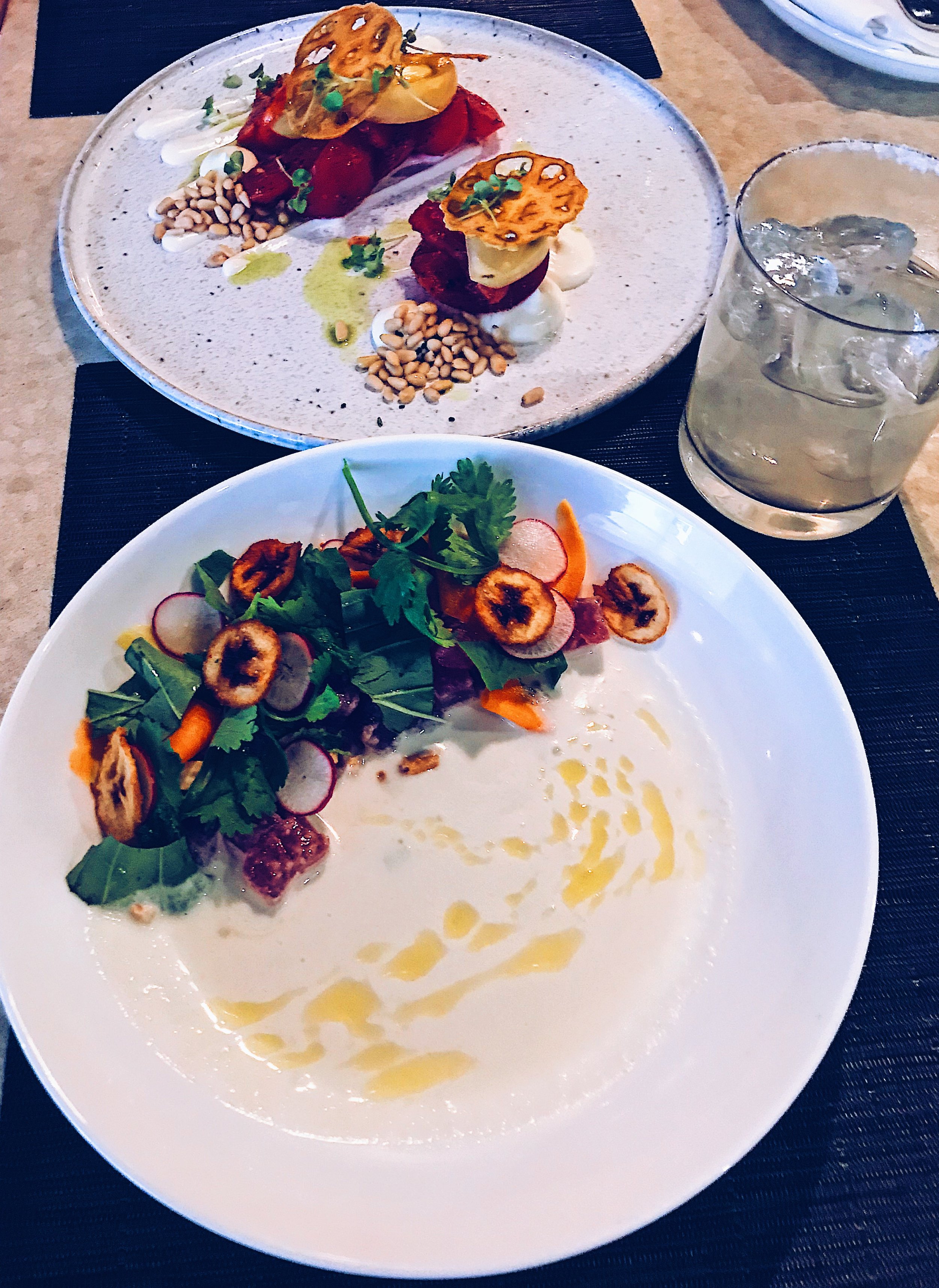We Can Use Our Past Extremes to Our Advantage (Before & After & After & After Pics)
/The exploration of our edges and living in extremes can be incredibly valuable. For most who struggle with their relationships with food and their bodies, they’ve inhabited one or both ends of the spectrum. I sure have spent my fair share of time on both ends.
Swearing not to eat until I felt faint, vomiting, insane amounts of exercise to burn off and earn my food, only eating foods from a specific list, intermittent fasting on top of an already restrictive diet, swearing off all coffee and alcohol, and trying every diet known to man.
Around 2006 - Before my weight was brought to my attention for the first time in high school.
2007 - After several months of restriction, I was LOST. Zero period & absolutely miserable.
Circa 2008. I went up and down several times per year in weight during college, which the highest being 15-20 lbs. more than today.
Binging until I physically couldn’t move and was in so much pain, eating in secrecy, anxiously eating while hungover or drunk after days of restriction, eating chocolate chip cookies every time I passed through the kitchen every Thanksgiving break, stuffing myself with food—didn’t matter the type—and eating well beyond what my body wanted, binge drinking until I blacked out multiple times per week, drinking so much coffee I nearly induced panic attacks, and not moving my body for days.
Post college 2012-2013! Still boozing until I blacked out a couple times per week, eating garbage all weekend, and being incredibly strict during the week.
After returning from three months abroad in Asia in 2014. My body dropped weight without giving it a second thought after I committed to only listening to my body and doing what FELT good and true to me. Major turning point for me.
Last weekend! Letting my intuition guide my choices, which aligns with the season of life I’m in.
Like a pendulum, I swung from one extreme to the other, and looking back, I learned a lot while I inhabited both.
Restriction and living according to rigid rules are soul-sucking.
My body doesn’t subscribe to a playbook, as it doesn’t have the same needs day-in and day-out. I need flexibility with how I eat and move.
Someone providing me with rules about how to live instantly makes me anxious. I hate nothing more than being told what to do, especially arbitrarily.
Overdoing it on things that are “pleasurable”—like processed foods, booze, significant amounts of food, sitting on my ass for too long—makes those things unenjoyable. In fact, it makes me resentful of them.
Spending all of my time thinking about food, either how little or how much I’m able to eat, is a substitute for feeling something deeper; a distraction.
Inhabiting one end of the spectrum for too long will—without a doubt—force me to the other end.
My body doesn’t feel alive, energetic, or like it’s my own when I’m under or overdoing it with food or exercise.
It’s nearly impossible to overdo it with too little or too much when I’m present. Disconnection—both mind and body—is necessary for us to live in extremes.
I’m most myself energetically, physically, emotionally, and mentally when I’m balancing pleasure and discipline, and these two things aren’t mutually exclusive.
Going to extremes on rare occasions can be nourishing for the soul, although rarely for the body. It’s OK to make this sacrifice when I’m actively choosing this, and the choice is coming from a present, centered, and grounded place. I.e. I’m not using it as a distraction.
This certainly isn’t an exhaustive list, and I wouldn’t have been able to discover these valuable nuggets of information without exploring the edges of extreme behaviors and states of being.
Does everyone need extremes to live in balance? No. But if you have a personality type similar to mine, where you “have to touch the stove to know it’s hot”, as my dad used to say to describe me, then it may be best to view these experiences with gratitude.
They teach us our limits, and they allow us to know ourselves on a much deeper level. The facilitate our growth, and they put us on the fast track to self-discovery.
This is all contingent upon us being ready to accept the lessons by establishing a foundation of self-worth and respect, of course, otherwise the motivation to cease the cycle of self-harm won’t exist.
However, sometimes the birth of this foundation is derived from hitting rock bottom. From being so obsessed and controlled by food and our inner demons that we have no other choice but to make changes.
Regardless of where you are in your journey, don’t be afraid to reframe your “negative” experiences and use them to your advantage. Make a list of everything you learned, the things you’ll no longer tolerate, and how those moments will benefit you going forward.
Perspective is a magical thing, and the lens through which we’re viewing ourselves, our past, and our future is everything. How can you use your past to inform your present and future?














